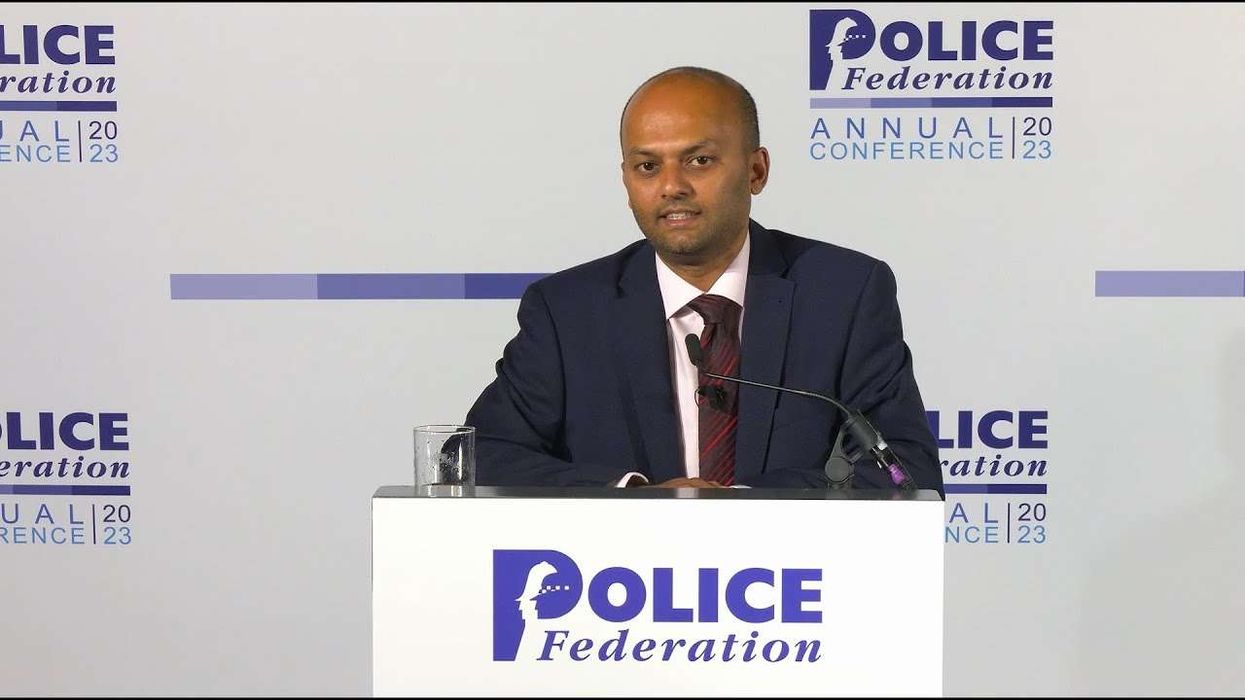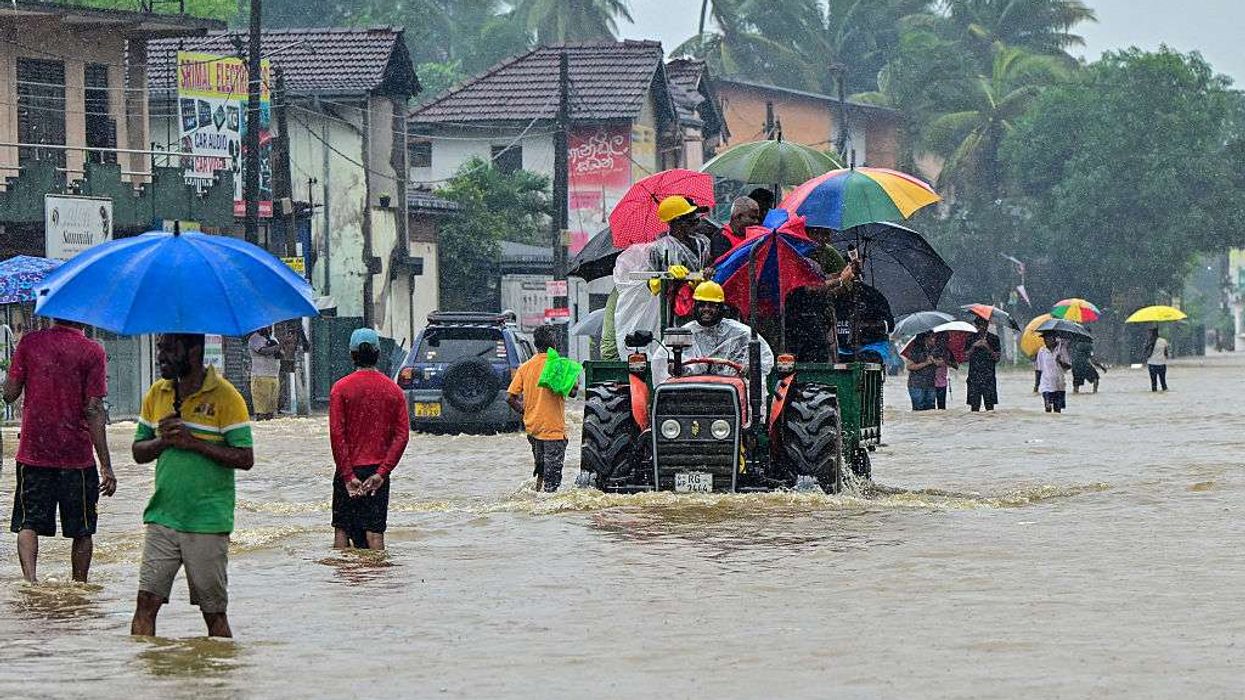A new Covid variant originating in Asia is now spreading across the United States, raising questions about its impact and how widely it has spread. Known as NB.1.8.1, this omicron subvariant has been detected in several US states following a recent surge in cases in China. Despite its presence, another strain, LP.8.1, which descends from JN.1, remains the dominant variant in the country at present.
The Centers for Disease Control and Prevention (CDC) is closely monitoring NB.1.8.1 and maintains regular communication with international health authorities. An agency spokesperson confirmed to The Independent that while the CDC is aware of cases linked to NB.1.8.1 in China, there have been too few sequences identified in the US for it to appear on official federal variant tracking dashboards. However, the variant’s spread has caused significant increases in hospital admissions and emergency room visits in parts of Asia, prompting public health officials to watch its progression carefully.
What is NB.1.8.1 and where is it spreading?
NB.1.8.1 is classified by the World Health Organization (WHO) as a SARS-CoV-2 variant under monitoring. The WHO currently tracks six such variants globally, including NB.1.8.1, which has been detected in 22 countries to date. In the US, confirmed cases have appeared in New York, California, Arizona, Ohio and Rhode Island, according to data collected by local health departments in collaboration with the CDC’s airport testing partner, Ginkgo Bioworks.
Although numbers remain low in the US, the WHO has noted a marked increase in the variant’s prevalence internationally from late March to April, suggesting it is gaining a foothold in various regions.
How concerning is NB.1.8.1?
At the global level, the WHO currently assesses the public health risk from NB.1.8.1 as low. Despite its spread, there is no evidence to suggest that this variant causes more severe illness than those already circulating.
The WHO statement clarifies that although there has been a rise in cases and hospitalisations in countries where NB.1.8.1 is common, it does not appear to increase disease severity compared with other variants.
However, NB.1.8.1 may have an advantage in transmissibility. Scientific studies indicate that this variant binds more effectively to human cells, potentially making it easier to spread from person to person. Subhash Verma, professor of microbiology and immunology at the University of Nevada, Reno School of Medicine, told CBS News that the data shows NB.1.8.1 is more transmissible but does not result in more severe illness than previous variants.
Are current Covid vaccines effective against NB.1.8.1?
Yes, experts expect the Covid vaccines currently authorised in the US to remain effective against NB.1.8.1, particularly in preventing severe disease. Vaccination continues to be a crucial tool in managing the pandemic and reducing hospitalisations and deaths.
However, vaccine availability in the US faces new challenges. Recently, health officials announced that Covid vaccines for healthy children and pregnant women have been removed from the CDC’s recommended immunisation schedule. Meanwhile, the Food and Drug Administration (FDA) has stated it will continue to approve vaccine updates for older adults and people with underlying health conditions. These approvals will require vaccine manufacturers to carry out extensive new clinical trials before wider use is permitted.
This shift has raised concerns among public health experts. Dr Paul Offit, a vaccine specialist at the Children’s Hospital of Philadelphia, told The Associated Press that limiting vaccine access could reduce availability and insurance coverage. He questioned how pharmacists would determine eligibility for those considered high-risk, warning this could make vaccination less accessible.
What should the public know?
For now, people in the US can still receive Covid vaccines, including updated booster shots where eligible. Despite the removal of certain groups from the recommended schedule, vaccinations remain a key defence against severe outcomes from Covid infections, including variants like NB.1.8.1.
Health authorities continue to monitor the evolving situation closely, particularly given the variant’s increased transmissibility. While NB.1.8.1 has not demonstrated more severe disease, its ability to spread more easily underscores the ongoing importance of vaccination, testing, and public health measures to limit transmission.
As with all emerging variants, ongoing surveillance and research will be essential to understand its full impact and to inform appropriate responses in the US and globally.














